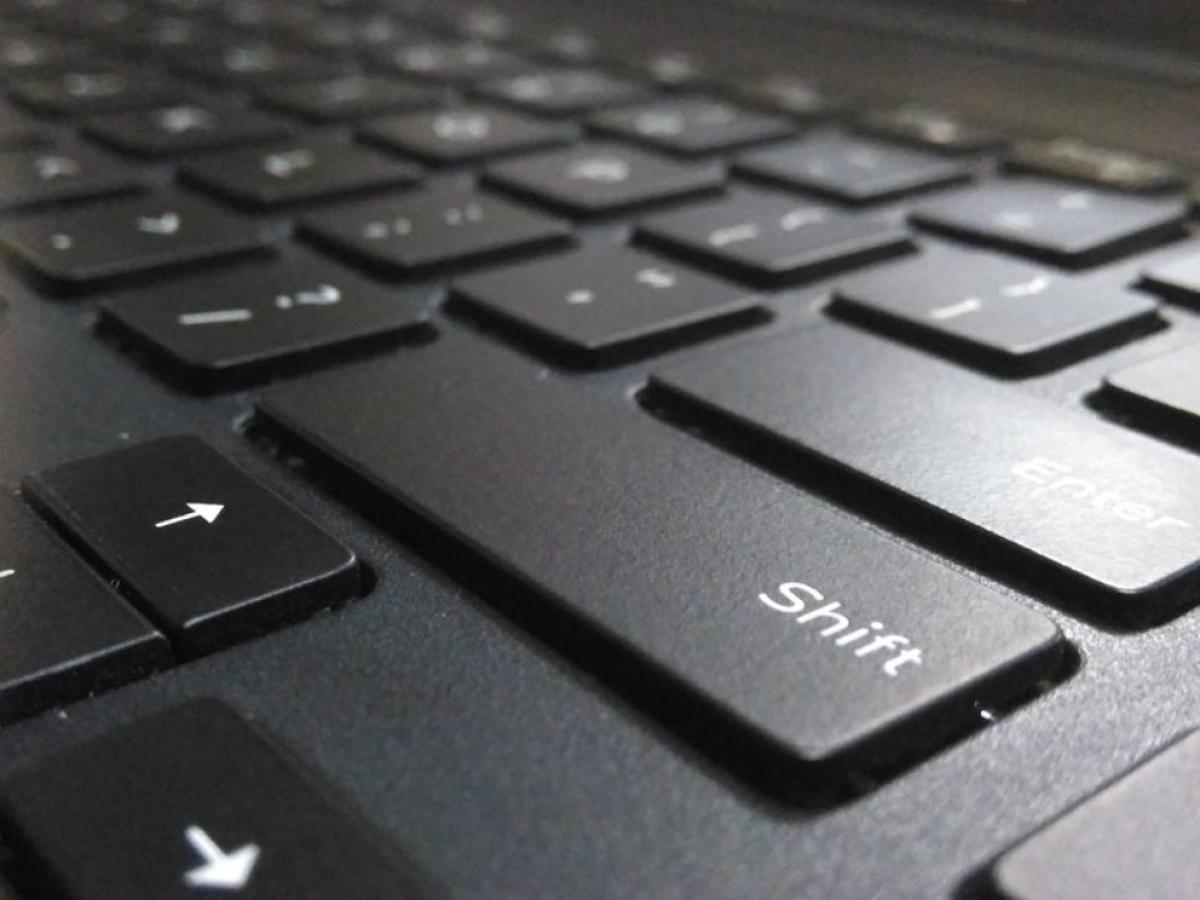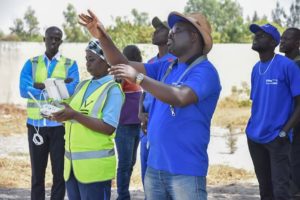
From Diversity, Equity, and Inclusion to Shifting the Power
October 25th, 2021

Part of our "Shift the Power" blog series.
International NGOs (INGOs) based in the Global North have a disproportionate amount of power; they have a large "power footprint." This is due to multiple factors, including colonialism, capitalism, social injustice, and discrimination. The broader Shift the Power movement is thus essential to shifting power with local experts and organizations in Africa, Asia, Latin America, and beyond. We seek to contribute to this movement in multiple ways, such as by enabling INGOs like WeRobotics to benchmark their own "power footprint." As such, we believe that developing an evidence-based approach to measuring the power footprint of international nonprofits is an important step towards documenting and reducing our collective footprint on the social good sector. Can the important work being done on diversity, equity, and inclusion (DEI) be instructive in measuring the power footprints of INGOs?
 Photo by Lorenzo Toso from Pexels
Photo by Lorenzo Toso from Pexels
Research by BRIDGE (Benchmarking Race, Inclusion, and Diversity in Global Engagement) published in 2021 (PDF) revealed that no fewer than 84 percent of these US-based organization heads are White. Furthermore, 73 percent of leadership teams are White, and 67 percent of Board members are White. The Humanitarian Advisory Group's (HAG's) survey results (PDF), published in 2019, included 1,479 respondents of humanitarian organizations in 115 countries. The results showed that 60 percent of the most senior leadership roles are filled by international staff. The Racial Equity Index provides greater accountability and racial equity within and across the global development sector. At the request of the Racial Equity Index, we are not pulling out specific data points from their recent global survey (PDF). Instead, we invite readers to review the full survey results directly while ensuring that they connect the data points with the larger context of the Racial Equity Index's work.
In one organization, more than 80 percent of board members were male, even though the organization focuses exclusively on women and birth.
Our own internal review of 178 INGOs based in Australia, Canada, Europe, Ireland, the UK, and the US suggests that, on average, 73 percent of board members and 71 percent of executive team members in our sample are White. These tentative findings are in line with those from BRIDGE, HAG, and others. The majority of executive teams and staff members are women; a welcomed finding. At the same time, the vast majority of these women were White. Meanwhile, most Black, Indigenous, and People of Color (BIPOC) males fill most country team positions. We can see that the higher we go in hierarchy and decision-making levels, the greater the concentration of White people.
 Senegal Flying Labs leads a local project with local experts
Senegal Flying Labs leads a local project with local experts
We've also identified several additional patterns. Individuals who serve on the leadership teams or boards of INGOs (i.e., the decision-makers) rarely come from the countries or regions where they run their programs. The vast majority of these individuals are foreigners. One example is an INGO that claims to build resilience in a foreign continent. The nonprofit's own name includes language along the lines of "Self Resilience." Their Executive team is 100 percent White, and their board only includes one person of color. As we continued to analyze more and more INGOs, this pattern increasingly became a rule rather than an exception. So when we came across an INGO that genuinely was an exception to this rule, we were delighted. They definitely do exist and ought to be celebrated.
We also found regular inconsistencies between the missions of organizations and the composition of their boards. For example, in one organization, more than 80 percent of board members were male, even though the organization focuses exclusively on women and birth. In other words, DEI is obviously not limited to racial representation. Also, more than a few organizations deliberately feature People of Color first on their "Team Pages." In other words, team members are not listed in alphabetical order. These team members were almost always general staff rather than part of the executive leadership, but they were placed at the top of the Teams page to appear first. In some cases, the White executive leadership tended to be more hidden at the bottom of the page. For example, at WeRobotics, our Team page randomly generates the order of the team members every time the web page is reloaded.
Finally, we looked closer at organizations with poor DEI at the board and executive levels. We looked at their websites, read their annual reports, and performed online searches to determine whether they had expressed opinions on DEI, power structures, and/or shifting the power (e.g., on a webinar, panel, etc.). It appears that INGOs with particularly low levels of DEI have never engaged in public discussions about shifting the power. On the other hand, organizations with the highest representation of BIPOC people at the board and executive levels almost always emphasize the importance of diversity and use words such as "empower" and "powerless." That said, these organizations did not have specific sections on their websites that explicitly focused on DEI or on shifting the power.
Increasing diversity in all its forms across all levels of an organization is essential to success and innovation.
There were a few exceptions, though. One such INGO, for example, noted on their website that they had redesigned their leadership team in 2021 to better represent their multicultural team and critical organizational functions.
Increasing diversity in all its forms across all levels of an organization is essential to success and innovation. Countless empirical studies have shown this to be the case across multiple decades now. More diversity increases the likelihood of alternative views and creative solutions. Greater diversity makes it more difficult to fall into the many traps laid by groupthink. Higher levels of diversity mean more diverse lived experiences and the plurality of discourse. Diversity is especially critical at the board and executive leadership level because these are the decision-making groups. They make the most important and consequential decisions, e.g., fostering greater diversity (or not). To this end, when it comes to INGOs, why is the vast majority of decision-making power in the hands of White men and women when the purpose of these INGOs is to focus (often exclusively) on the aspirations of Black, Indigenous, and People of Color? Why are only very few INGOs speaking about DEI and/or power structures? Will any of this really change without a shift in power?
Recent Articles

